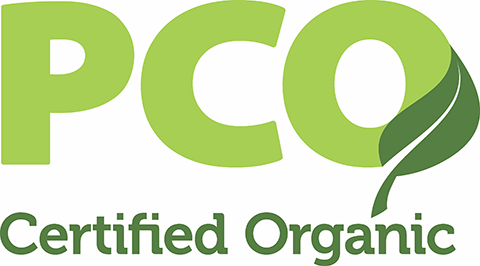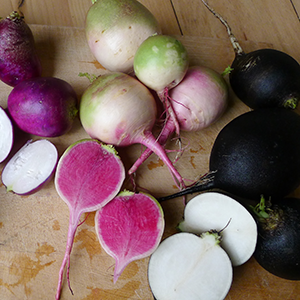
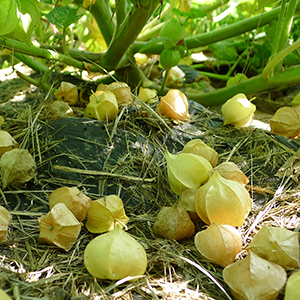
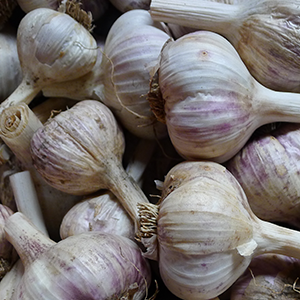
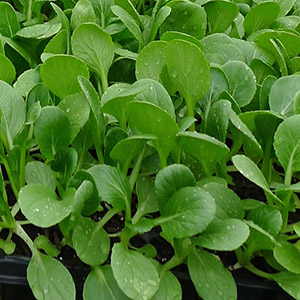
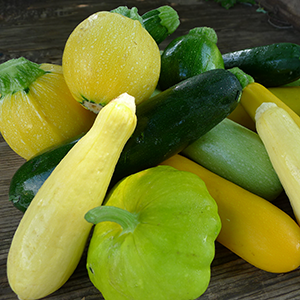
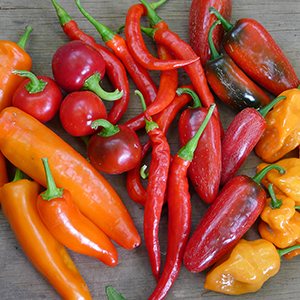



News and Notes | The Anchor Run Blog
Displaying a Single Post |
Show Recent Posts
May 9, 2020
Soon
by Farmer Derek
Soon
by Farmer Derek
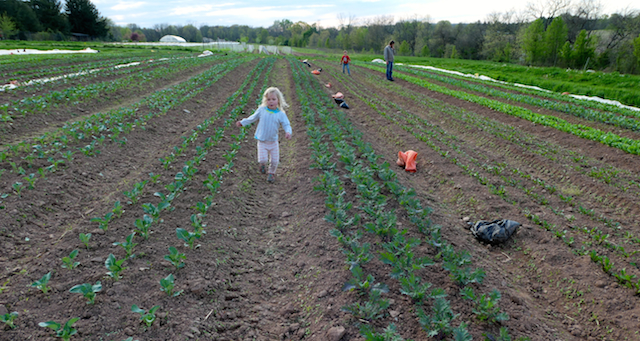
A field of spring treats freshly cultivated.
We're eager for CSA harvests to begin. We're hungry for fresh produce. We can't wait for the first spring salad. But Mother Nature tempers our yearning by reminding us that sometimes spring can take a while to fully arrive. Winter was mild, March was spring-like, April started well, then for the past month we've endured temperatures suspended 10-15 degrees below average with plenty of cloudy and rainy days. A month ago I would have forecast an early harvest; now it appears it'll 'hopefully' be a normal start date, but it could be a week later than that. It's hard to know for sure too far in advance. With days lengthening and the crops really itchin' to grow, once we get a stretch of warmer weather they'll probably grow exponentially. It's not a risk free assessment. If we start too late, some of the spring crops could decide to focus on reproduction before we even get through a full harvest week. Start too early and the crops are too small, perhaps not filling out all shares equally. But don't worry, most of the time we get these decisions correct, mostly by waiting until only a few days prior to the first pick up to announce the commencement of share distribution. That said, harvests will not begin this Monday, May 11th, but may begin next Monday, May 18th. We'll reassess after we get past this weird arctic blast vortex shenanigans. Ice, flurries in May; go figure.
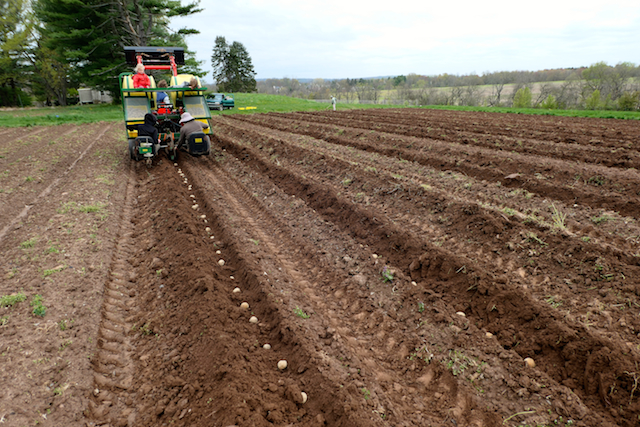
1500lbs of potatoes going in the ground!
Even though spring is having a difficult time establishing itself in our region, we're flying through our to-do list. Mostly soil and field conditions have been almost if not totally ideal, as long as we've been patient and wait for those conditions to present themselves. And they do. Warm temperatures in March sparked emergence of blossoms and blooms and initially warmed the soil, sparking dandelion flowers one or two weeks before we normally see them, which is when we try to plant our potatoes. However right after the blooms temperatures plummeted, moisture was omnipresent, and we had to wait to plant the potatoes instead of risking their deterioration in cool wet soil since they're planted around 4" deep. We wrapped up all spring crop planting with the 3rd and 4th installment, respectively, of beets and chard and are now on the cusp of planting a mountain of summer produce once we emerge on the other side of frost risk. Lined up to be planted this upcoming week (hopefully) are zucchini, cucumbers, watermelon, cherry/grape/slicing/heirloom tomatoes, sweet/hot peppers, snap beans, husk cherries, tomatillos, and flowers. Since we were unable to plant these crops last week we were able to spend more time getting ready for future crops by getting their future homes ready. Fields had to be mown, chisel plowed, primary shaped, final bed shaped. Some crops go into ground covered in fabric to suppress weeds and warm the soil so we did that where able to. It's a good feeling to be caught up and/or ahead with field work.
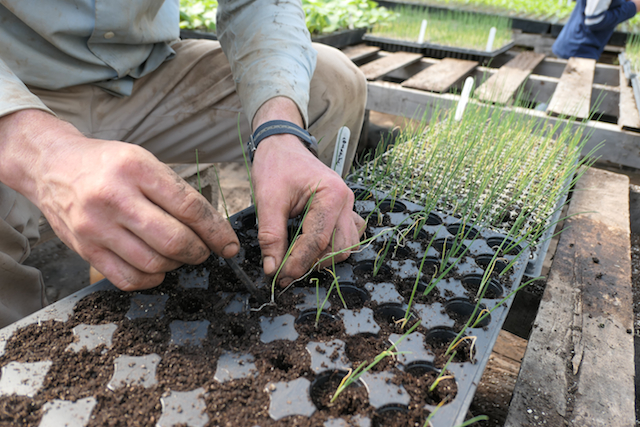
Potting up 6,000 leeks in the greenhouse.
It's interesting to acknowledge that the bulk of seeding, planting, and prepping work is done prior to the harvest portion of the season, which perhaps it intuitive, even though while utilizing season extension techniques harvests stretch 32 weeks for us. Once harvests commence approximately two full days each week will be devoted to harvesting and distributing crops. So maybe one silver lining to a later start date is more time to devote to all the other necessary farm tasks. When harvests commence our pace kicks up a notch and hours worked each week increase maybe 25%. That said, we love harvesting and sharing the produce with you. It is very satisfying to harvest, distribute, eat food whose seeds were sown months ago and carefully nurtured since. We're grateful for to our food community for sharing in this endeavor.
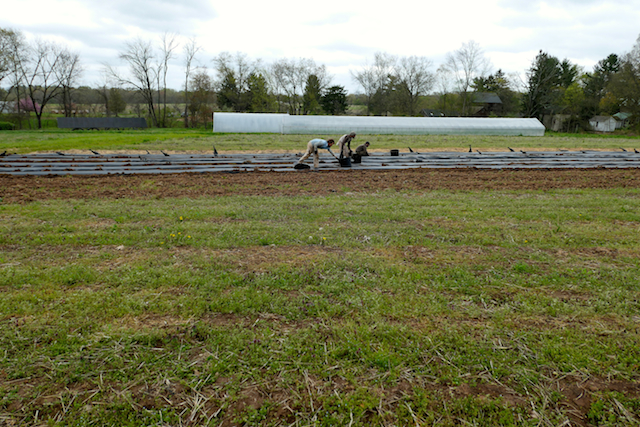
Applying landscape fabric to suppress weeds in the future zucchini and cucumber patch.

POSTS BY TYPE
POSTS BY MONTH

